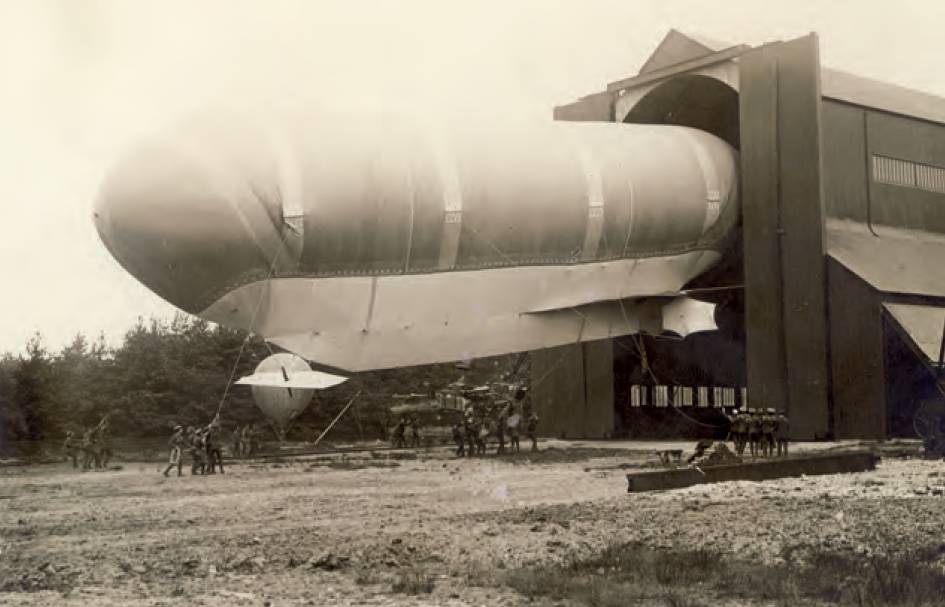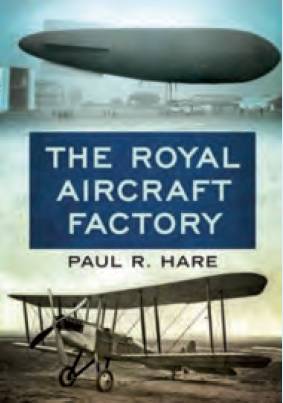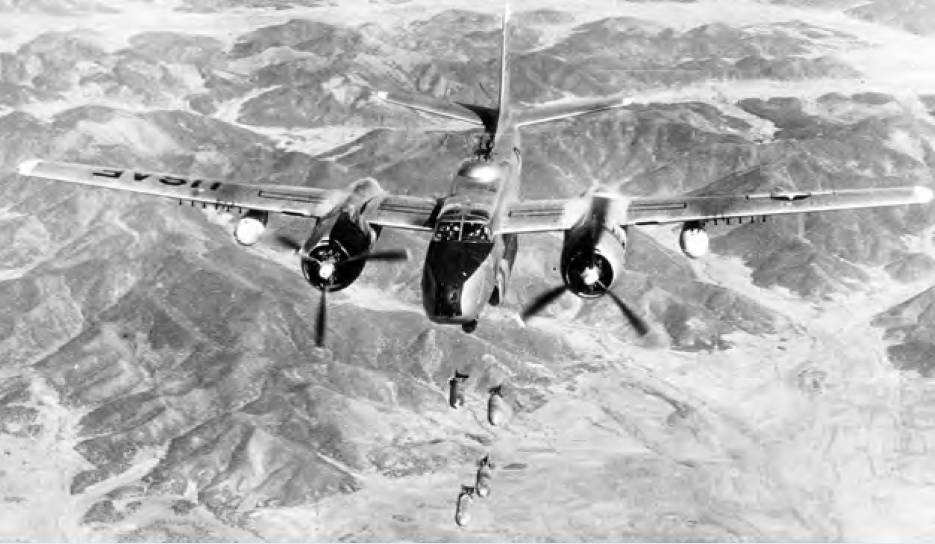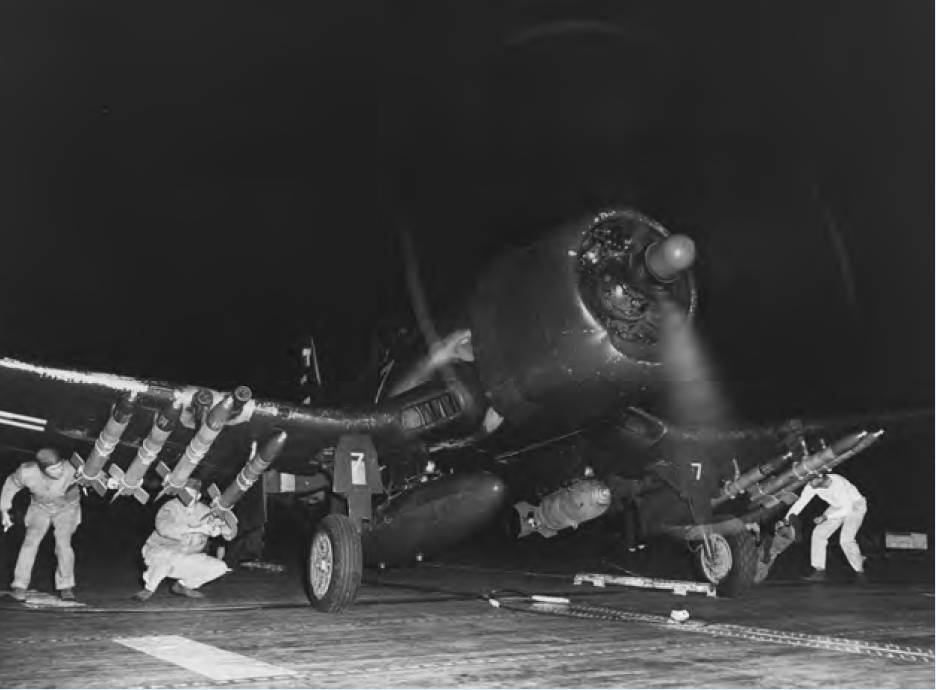Book Reviews
Fonthill Media, 2021, 384pp, £35.
 The Royal Aircraft Factory, Farnborough. A line-up of BE1s, RE8s and FE2s on 16 July 1916.
The Royal Aircraft Factory, Farnborough. A line-up of BE1s, RE8s and FE2s on 16 July 1916.
For those interested in the history and development of the Royal Aircraft Factory at Farnborough, Paul Hare is undoubtedly the most accomplished author in this specialist area with his outstanding and broad knowledge of the ‘Factory’. He has authored a number of historical books on aviation in the Great War, as well as numerous magazine articles covering various aspects of that war.
 Nulli Secundus II at Farnborough around 1908. RAeS (NAL).His new publication is a revised and updated version, in larger format, of his original 1990 Putnam Guide. A number of additions add historic value to this volume, namely biographies and key participants in the Factory progression and text and drawings have been updated and corrected where necessary. The new format allows larger pictures to be used and makes a number of additions to the photographic content which enhance the understanding of the Factory history. An interesting aspect of the larger picture format is that the background now allows more identifications of the Factory buildings of the period (perhaps only of interest to aviation historians).
Nulli Secundus II at Farnborough around 1908. RAeS (NAL).His new publication is a revised and updated version, in larger format, of his original 1990 Putnam Guide. A number of additions add historic value to this volume, namely biographies and key participants in the Factory progression and text and drawings have been updated and corrected where necessary. The new format allows larger pictures to be used and makes a number of additions to the photographic content which enhance the understanding of the Factory history. An interesting aspect of the larger picture format is that the background now allows more identifications of the Factory buildings of the period (perhaps only of interest to aviation historians).
 The book has 384 pages and five comprehensive appendices covering the prototype and production aeroplanes, a full list and description of the Factory production and prototype/development engines and descriptions of the surviving airframes & reproductions.
The book has 384 pages and five comprehensive appendices covering the prototype and production aeroplanes, a full list and description of the Factory production and prototype/development engines and descriptions of the surviving airframes & reproductions.
The fifth appendix is new, containing short biographies of the key participants in the development of the Factory up to 1918 when it evolved into the Royal Aircraft Establishment.
The biographies are of Busk, Folland, Fowler, Goodden, de Havilland, Kenworthy and one of the enemies of the Factory – Pemberton-Billing.
The chapter on Factory aeroplanes, with plans and photographs, uses 193 pages of the total and, while still based on the original layout, contains considerable updates in both images and information.
Airships are covered from Nulli Secundus to Epsilon and three good indexes – general, engines & aircraft – simplify the interrogation of the text.
Overall, a successful update and upgrade, adding more substance to the original volume, and a definite must for those with either a general or specific interest in the early days of the Farnborough story or for those who need a good starting point for deeper research into the Royal Aircraft Factory through the specialist National and Museum archives. Well recommended.
Dr Graham Rood
FRAeS Curator, Farnborough Air Sciences Trust Museum

